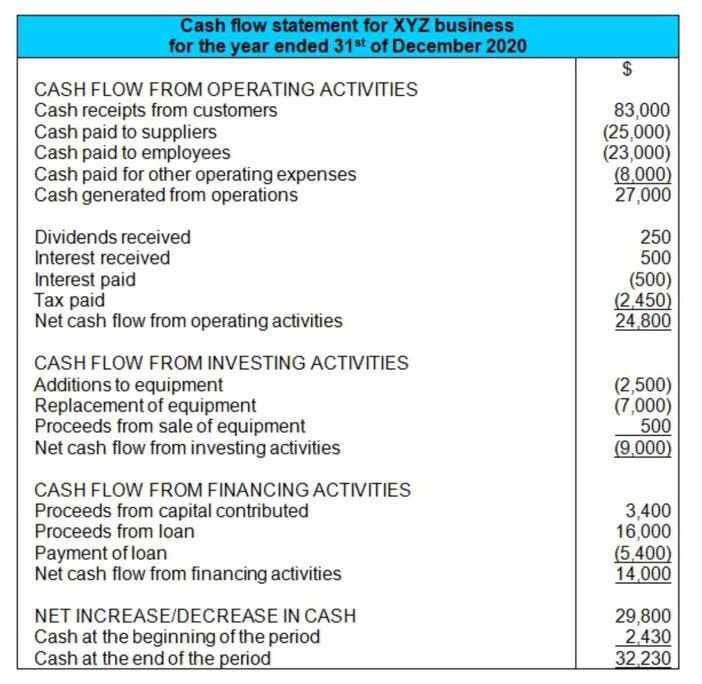
Internal audits balance value and expense to enhance organizational effectiveness and efficiency. Internal auditors optimize resource allocation to focus on high-risk areas and ensure comprehensive coverage of the organization’s operations. Internal audit activities may include risk assessments, audit planning, fieldwork, and reporting to provide valuable insights and recommendations for improvement.
Top 5 Differences
- Whereas the internal audit and external audit functions are comparable and may require close collaboration, their goals and areas of focus are distinct.
- The CAE must develop a plan for the EQA, which should be discussed and approved by the board.
- At an exit conference with management, the auditors may discuss the deficiencies in a company’s internal controls and may also provide management with suggestions for improving the business.
- So, the employment contracts, training, compensation, and performance review are all with the entity.
This type of audit further ensures that reporting mechanisms prevent financial statements from being tainted by errors. External audits, on the other hand, concentrate on the accuracy of an organization’s financial statements. The goal here is to provide stakeholders, such as investors, creditors, and regulatory agencies, with an objective evaluation of the financial reports’ reliability. External auditors assess whether the financial statements present a true and fair view of the company’s financial position and performance in accordance with the applicable accounting framework.
- Internal Auditor acts as a consultant and advisor to the management and internal stakeholders.
- The purpose of external audit is to provide assurance to investors, lenders, and other stakeholders that a company’s issued financial statements present the organization’s results in a materially correct and fair manner.
- If the external audit issued their opinion negligently, and the negligent cost the entity, then the external auditor face legal action with the entity at both company levels.
- In some cases, potential or existing customers may request an audit to verify that an organization is meeting their requirements.
- This reporting structure supports the internal audit’s role in enhancing and protecting organizational value by providing risk-based and objective assurance, advice, and insight.
- External auditors assess whether the financial statements present a true and fair view of the company’s financial position and performance in accordance with the applicable accounting framework.
Internal vs External Audits: Key Differences Explained
- Internal auditors assess organizational health holistically, determining whether business practices are supporting strategic objectives and identifying risks that could impact those objectives.
- Internal auditing may also include conducting fraud investigations to identify fraudulent acts and post-investigation fraud audits to identify control malfunctions and financial loss.
- The Sarbanes-Oxley Act of 2002, for example, includes provisions to bolster auditor independence, such as restricting the types of non-audit services that auditors can provide to their audit clients.
- Without these two types of audit, our capital markets would lack integrity, and business operations would be less efficient.
- On the other hand, external audits provide larger businesses with the assurance that their financial records are accurate and compliant with global accounting standards.
For https://www.bookstime.com/articles/negative-retained-earnings limited assurance, the external auditor also issued their opinion, but not like positive assurance. Internal audit work in the entity has some different reporting lines from the external auditor. For administrative purposes, the internal auditor might report to the CEO or other executives in the entity. Internal audits and external audits are both the watchdog of entities and shareholders; however, there are some key differences between internal and external audits from some perspectives. The main differences between an external and internal audit are who carries out the audit and the objective of the audit.
- In particular, accounting services for small business often emphasize the importance of understanding these differences to maintain transparency and credibility.
- External auditors obtain audit evidence directly from external sources to ensure the reliability and accuracy of financial information presented in the organization’s financial statements.
- The external auditor’s independence is not just a professional standard but also a legal requirement, as it underpins the credibility of their findings.
- An audit can be defined as an objective evaluation and examination of the financial statements of a company or an organization to ensure that the records represent a fair and accurate view of the transactions they claim.
- External audit reports provide assurance on the financial statements and help users of financial statements feel comfortable with the reports they are using.
Internal Audit Functions

However, these two types of audits serve different purposes, follow distinct methodologies, and deliver unique insights. The retained earnings basic auditing process of both of the internal audit and external audit is almost same. Both are required to give an unbiased opinion on whether the financial statements and records provide a true and fair reflection of the actual financial position of an organization or business. The internal audit function should ideally be improvement-oriented—How can our governance and risk management processes be more effective in managing risk and supporting organizational objectives? Depending on the size of the organization, the internal audit function may be performed by a company’s internal audit department or it may be outsourced.

Can internal audit assess financial statements?

An audit can be defined as an objective evaluation internal vs external audit and examination of the financial statements of a company or an organization to ensure that the records represent a fair and accurate view of the transactions they claim. The audit can be conducted either internally by the firm’s employees or the organization or externally by a third party, i.e., outside the firm. Stating differently, audit alludes to a process of checking, which is independent of the firm’s financial records or an organization, to opine on the financial statements.
Add Comment
Only active ALBATROSS Racing Club members can post comments